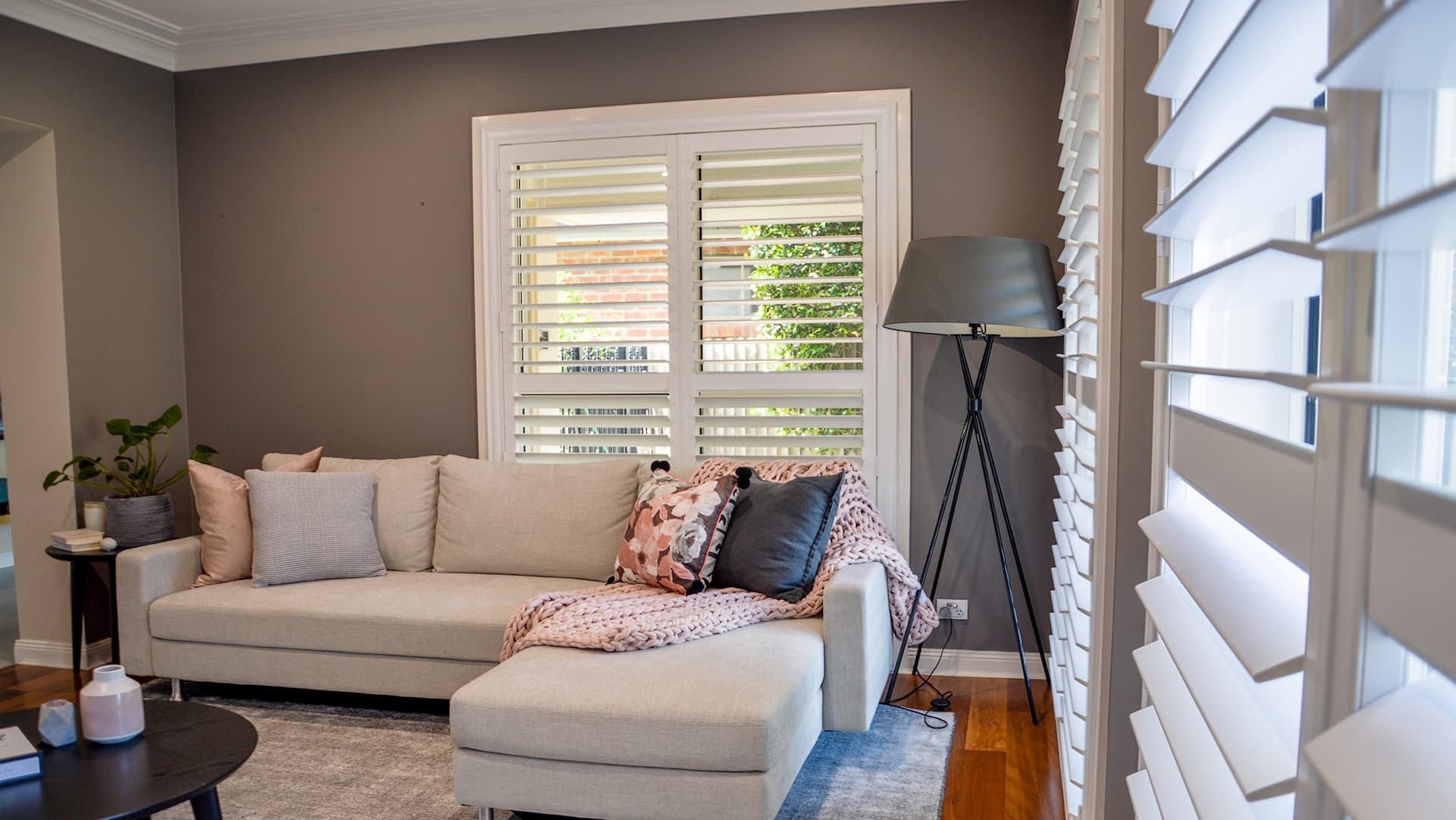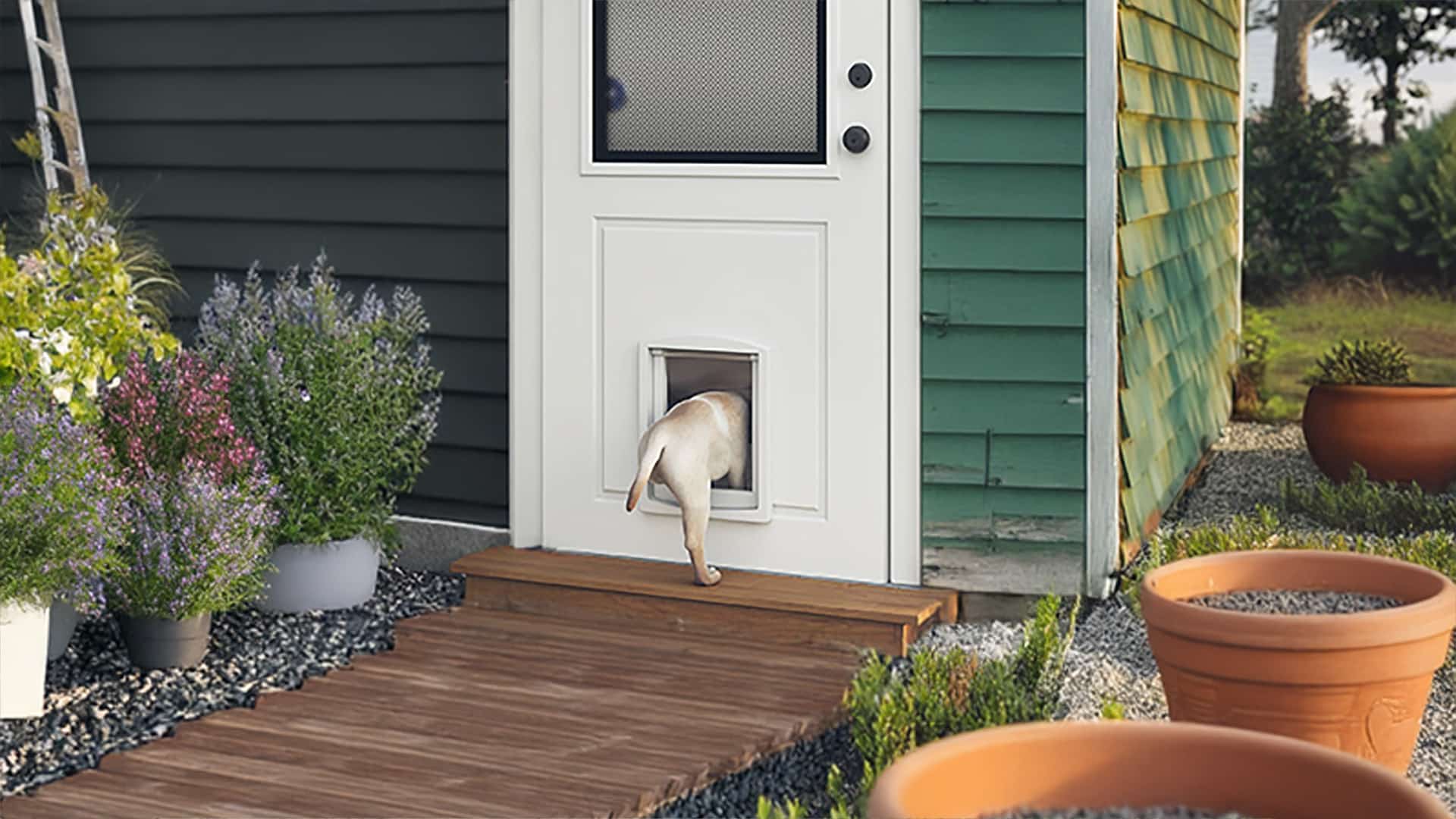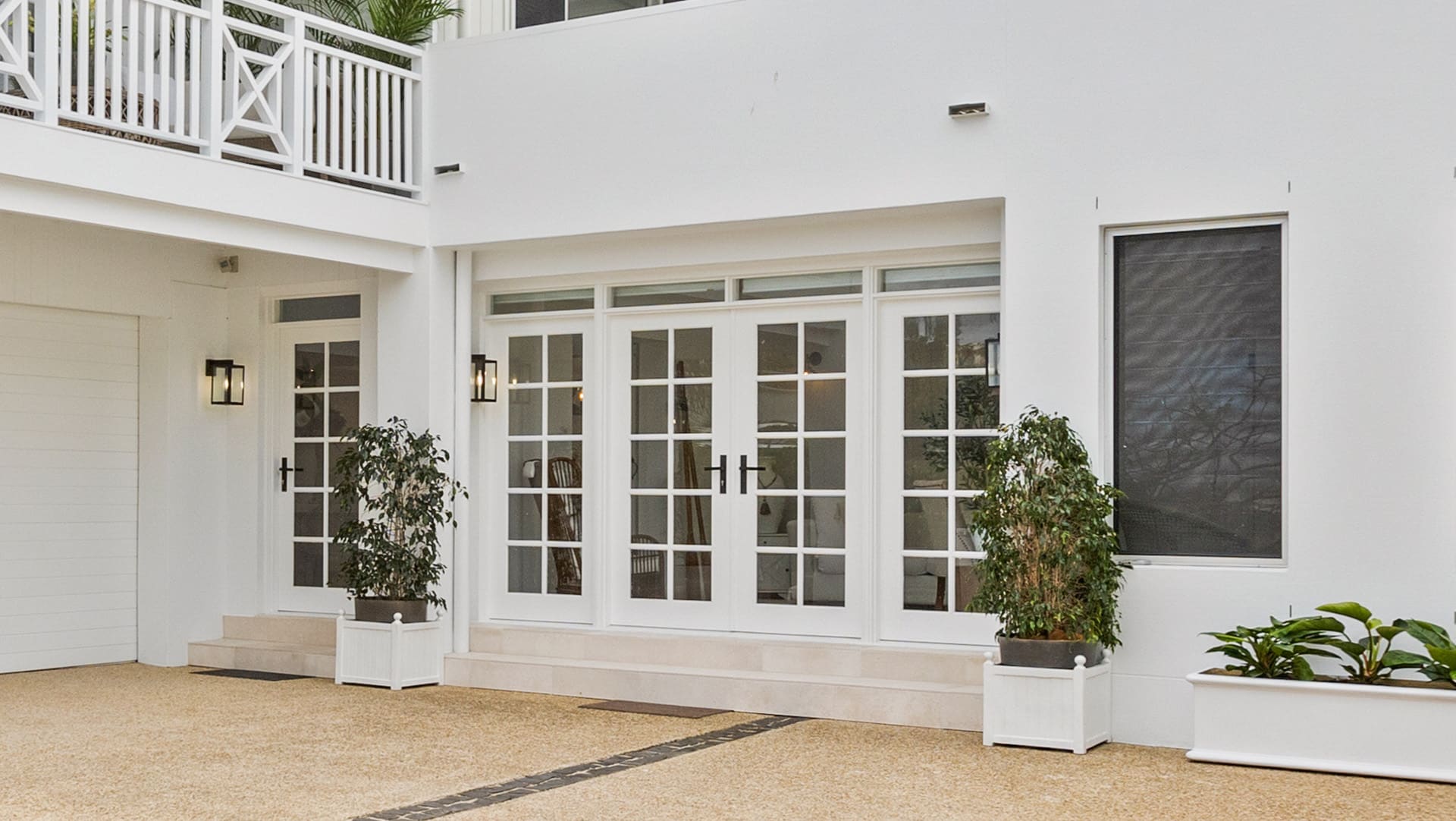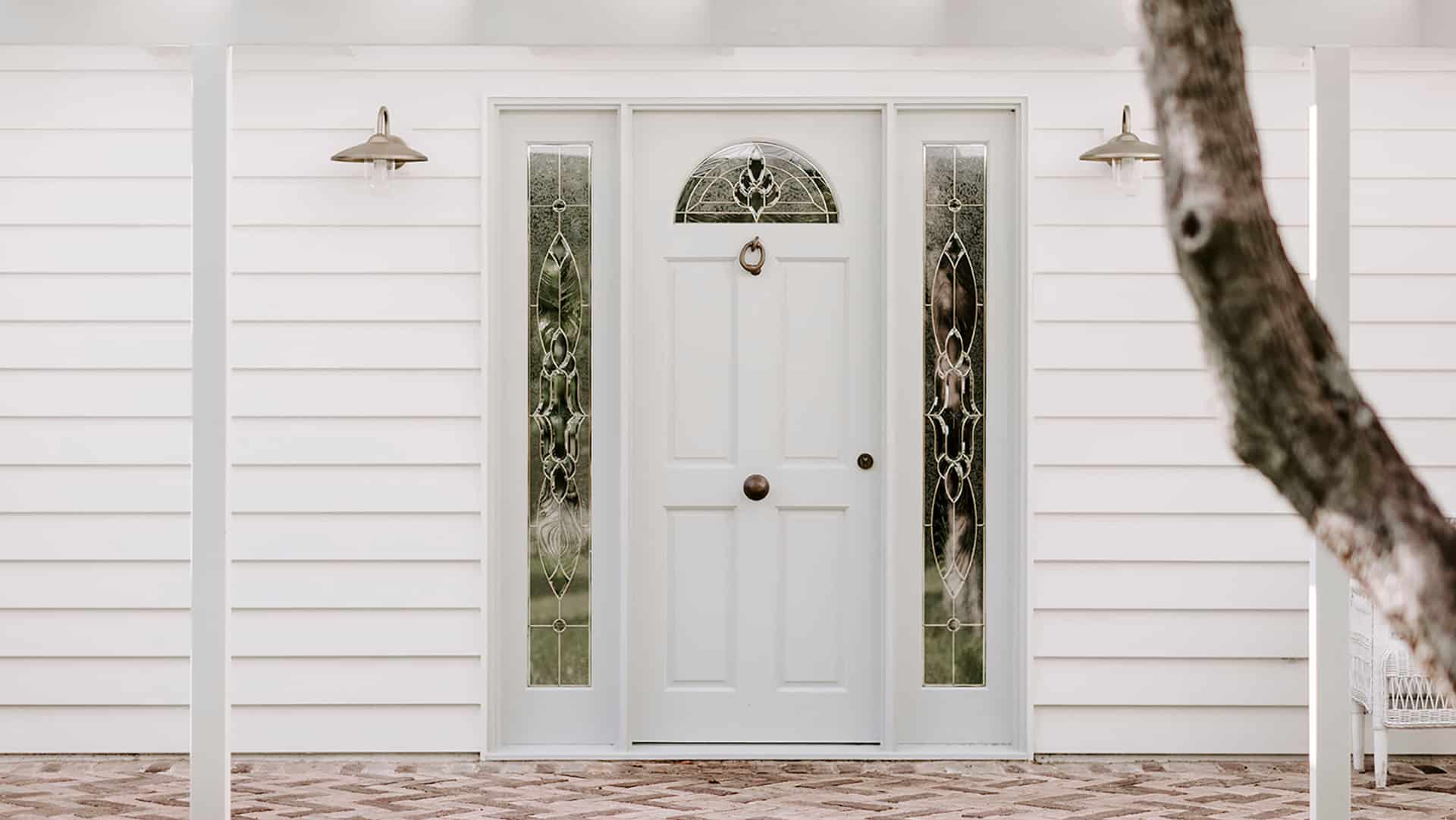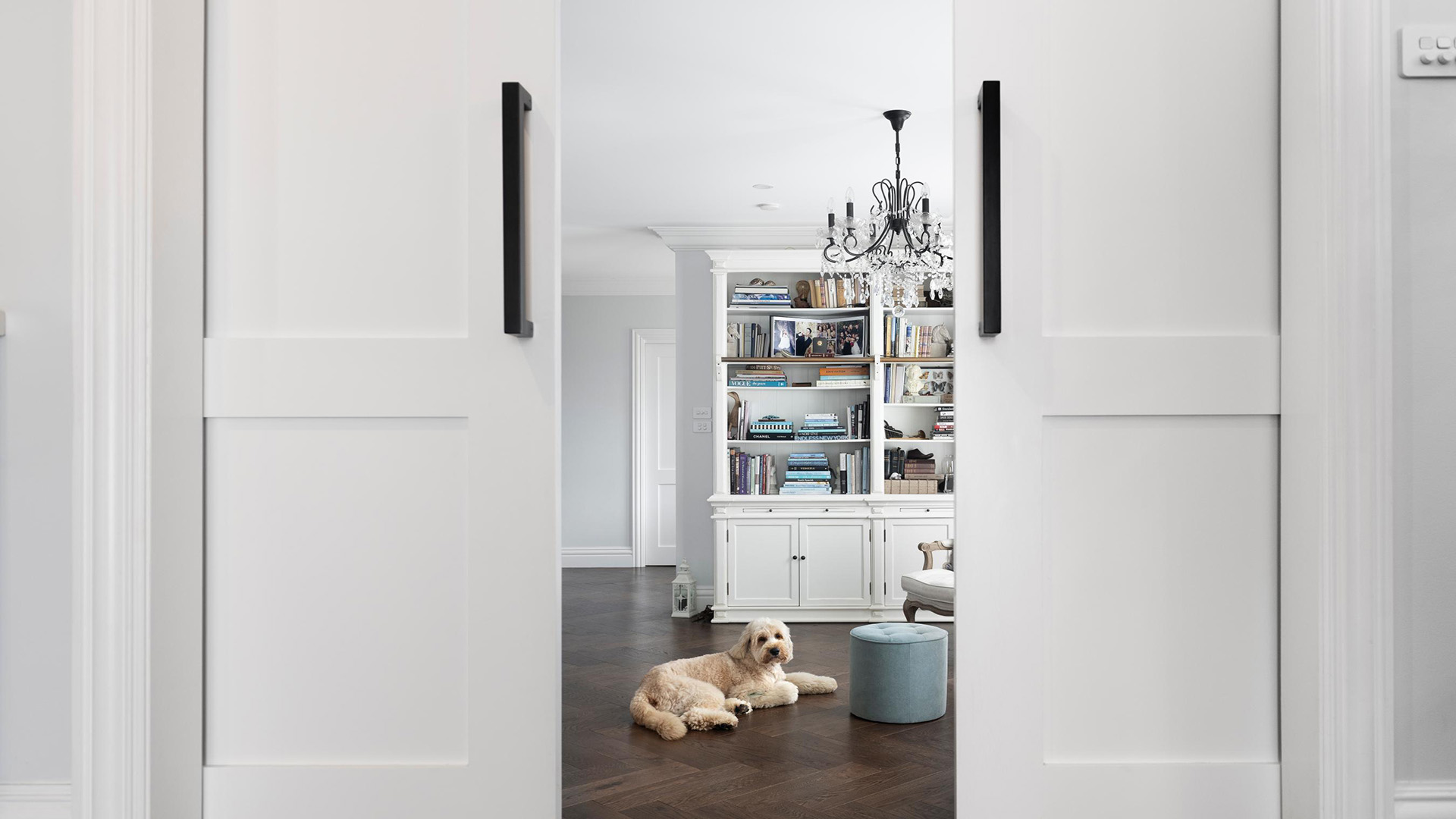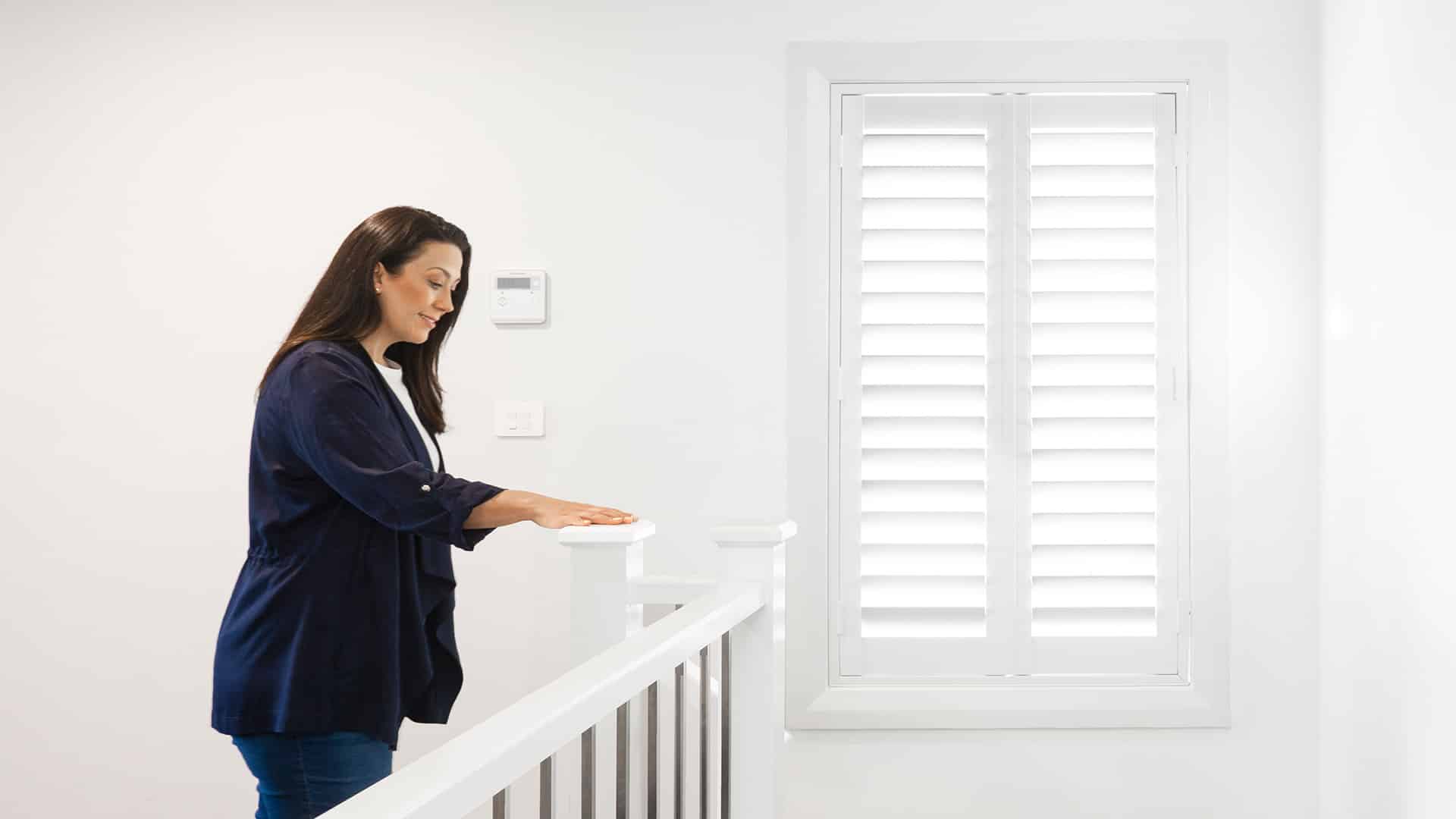How To Install French Doors: A Step-by-Step Guide for 2023
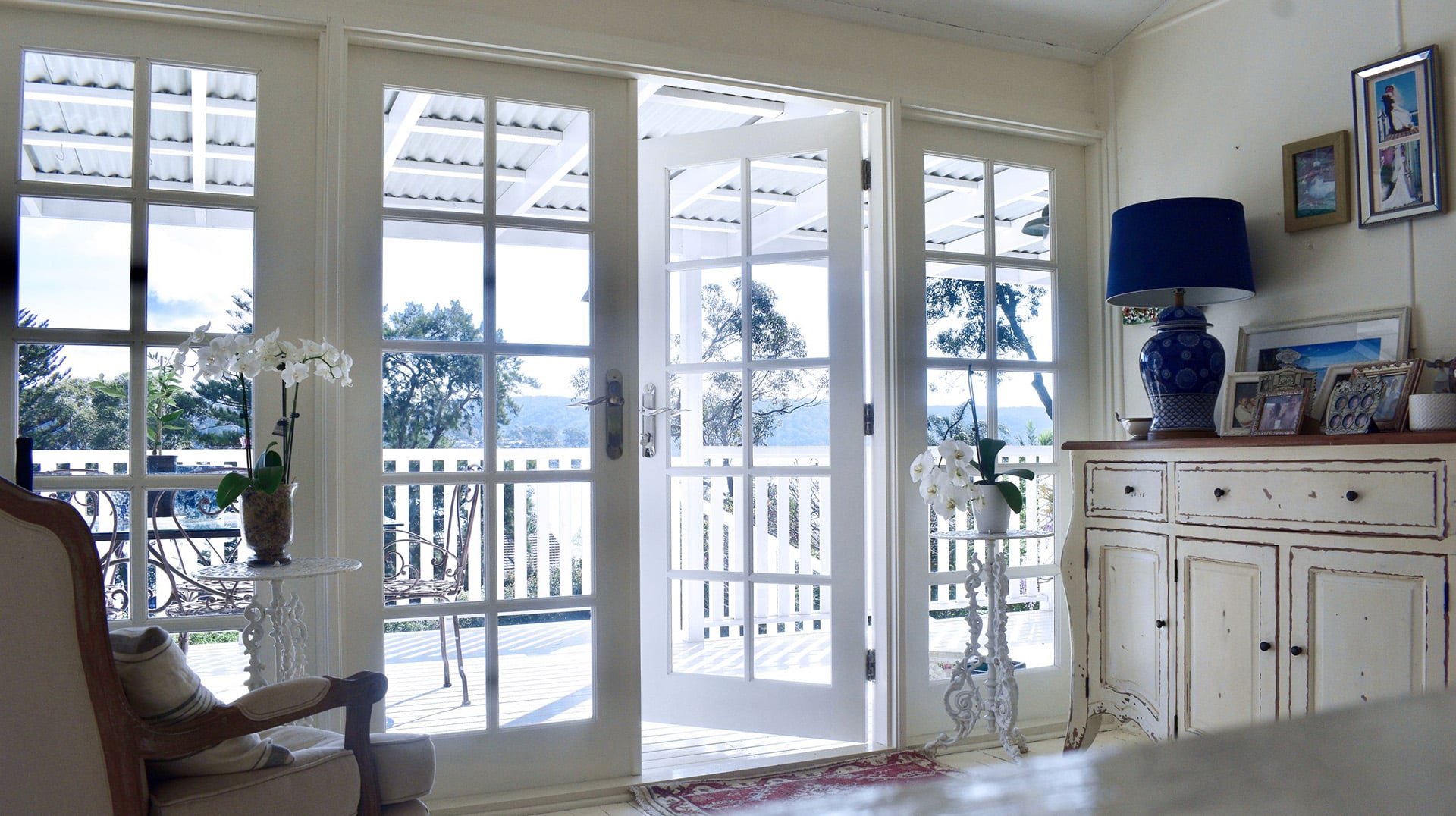
Unlock the full potential of your living space by installing French doors! Not only do they let in more light, but they also bring a touch of elegance to your home.
What if we told you that professional-level French door installation could be your next DIY project? Buckle up and grab your toolbox because this step-by-step guide will walk you through how to install French doors!
We’ll also answer your burning questions about the cost of fitting French doors and provide tips on how to frame a French door.
Let’s open the door to your next home improvement project!

Step 1: Prepare for French Door Installation
So, your French doors have arrived, and thanks to your precise measurement taking, they’re all set to fit perfectly in the door frame.
Speaking of the frame, accurate framework is essential for proper door functioning and to avoid unnecessary gaps. Once your frame is correctly installed, you can start the French door installation process.
Good preparation will help with smooth installation, so gather the necessary tools and materials and organise your workspace.
Necessary Tools and Materials
Whether you’re installing a single or double, hinged or sliding French door, you’ll need
- Your French door(s)! Choose high-quality doors with good thermal insulation and security features. At Doors Plus, we carry various options for internal and external French doors to suit all your needs.
- Tape measure: To double-check that the door fits into the frame.
- Level: To ensure your doors are perfectly horizontal and vertical.
- Pencil: For marking screw holes and hardware placements.
- Screwdriver or power drill: For attaching hardware and screws.
- Screws: To attach the door and hardware. Opt for stainless steel screws as they are rust-resistant.
- Shims: Thin pieces of wood to fill gaps between the door frame and rough opening for a proper fit.
- Door hardware: Such as handles and locks.
- Hand or electric plane: This may be necessary if the door needs trimming to fit the opening.
- Chisel: Needed for fitting latches or locks on single doors.
- Track for sliding mechanism: Required for sliding doors.
- Safety glasses and gloves: Always prioritise safety when working with power tools or doing anything that will create dust.

Step 2: Measure and Mark for Proper Placement
As the saying goes, “measure twice, cut once”!
Measuring and marking your door will result in perfect alignment within the frame and smooth opening and closing.
- Measure the height and width of the door frame. The opening should be 20mm wider and 30mm higher than the actual door for a square fit. If your door doesn’t quite fit, you’ll need to use a hand or electric plane to trim off excess.
- For hinged doors, use a pencil to mark the hinge placement with even spacing.
- Mark the door placement and hinge locations on the door and frame.
- For sliding doors, check the track is the correct length for your door. Then, mark where you’ll install the top track. Depending on the door type, you may need to measure how high the rollers will sit above the door.
- Use a level to check that all markings are dead straight.
- Always double-check your measurements before proceeding to the next step. An incorrect measurement or marking can be costly and time-consuming to fix later!
Step 3: Fitting the French Doors
Now the fun begins! It’s time to fit your French doors.
Keep in mind that you’ll need an extra set of hands to help hang and secure your doors in place.
Fitting Hinged French Doors
- Put the hinges on the door: Screw the hinges into the door using the marks you put in place. Depending on how heavy the door is, you may need to use two or three hinges.
- Hang the doors: Align the door hinges with the marked points on the frame and secure them with screws. Repeat for the second door if installing double doors.
- Check them: Open and close the doors multiple times to ensure they operate smoothly without resistance.
- Make adjustments: If the doors don’t operate smoothly, you might need to reposition them, tighten or loosen the screws, add shims, or plane a few millimetres off the door.
- Install locks and handles: Attach any locking mechanisms or handles.
- Final touches: You can now paint or finish the doors as desired.
Fitting Sliding French Doors
- Install the top track: Secure the top track into place based on your measurements once you’re sure it’s level.
- Insert rollers: Add the rollers to the top or bottom of your sliding doors, depending on the design. If your doors aren’t level, adjust the rollers to correct the height.
- Hang the doors: Lift and set your sliding French doors onto the track.
- Check them: Slide the doors back and forth a few times to check they slide smoothly.
- Make adjustments: If the doors don’t slide smoothly, tighten or loosen the rollers or apply a silicone-based lubricant to the track.
- Install bottom guide: Add a bottom guide to keep the doors from swinging inward or outward.
- See steps 4 and 5 above.
French Doors Installation FAQs
Can You Install French Doors Yourself?
Installing French doors yourself is possible with the right tools and basic DIY skills. However, DIY French door fitting can be challenging, especially for beginners.
To take the stress out of how to install French doors, use Doors Plus’ skilled carpenters. They’ll get the job done right in no time!
How Do You Frame a French Door?
- Measure the French door and wall opening. The frame must fit in the opening and be slightly larger than the door.
- Use a pencil to mark measurements on the wall opening as a guide for where you’ll install the frame.
- Cut wooden jambs to the required size based on the door opening measurements.
- Assemble the jambs to form the door frame, using a level to check they’re all perfectly level.
- Secure the frame in place using screws.
- Use silicone between the door frame and the rough opening in the wall.
- Place the French door inside the frame to test the fit. Make adjustments if necessary.

What Are the Different Types of Door Installation?
The different types of French door installation include hinged, sliding, and folding. Each type has its own opening and closing mechanism and space requirements.
What Is the Gap Between French Doors?
The ideal gap between double French doors is 3mm to 5mm for easy opening and closing.
What Are the Steps to Installing a Door?
- Measure and mark the door placement on the frame.
- Install the top track and rollers for sliding doors. For hinged doors, align the door hinges with their marked position on the frame.
- Hang and secure the door on the frame, either on the tracks or by attaching the hinges with screws.
- Check the doors operate properly and adjust if necessary.
What Is the Cost of Fitting French Doors by a Professional?
The cost of a professional installing French doors depends on
- The size and style of the doors.
- The type of glazing.
- If side panels are included.
- If new framework is needed.
- Labour costs.
The overall cost will also be influenced by whether you want raw doors (that you’ll finish yourself) or if you want a professional to paint or stain your doors.
When you’ve chosen your Doors Plus doors, a member of our skilled team will visit your home to measure the space and discuss your needs before providing a comprehensive quote.
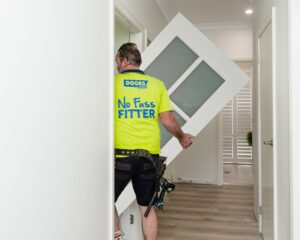
Need Help Installing Your French Door?
At Doors Plus, we offer a wide range of internal and external French doors to suit any style or budget.
If you’re not up for a DIY project installing French doors, our skilled carpenters are ready to handle the installation for you!
Contact us today or find a Doors Plus showroom near you for all your door needs.

